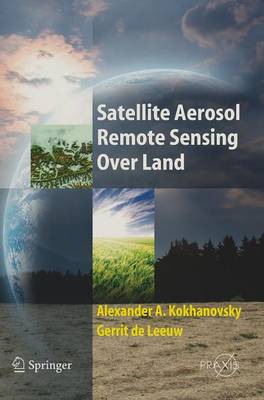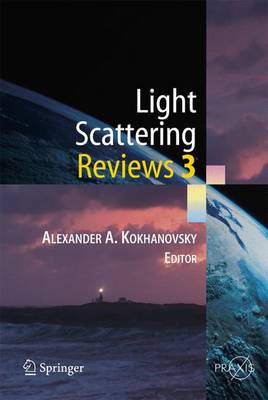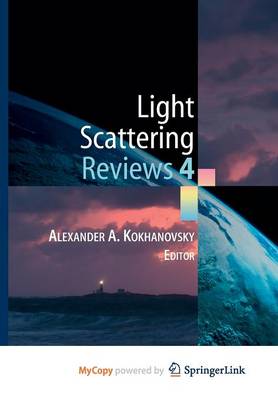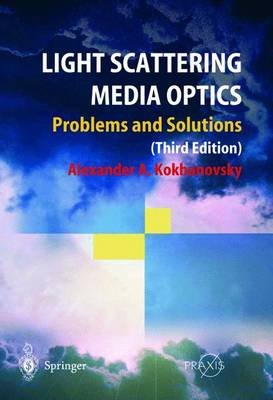Environmental Sciences
6 total works
In particular, methods to compute radiative transfer characteristics needed for numerical global climate models are discussed in a great depth. Their de?cienciesareaddressedaswell.Theproblemof3Dradiativetransferincloudy atmospheres, a hot topic in modern climate modelling, is also considered.
Satellite Aerosol Remote Sensing Over Land
by Alexander A. Kokhanovsky and Gerrit de Leeuw
Aerosols have a significant influence on the Earth's radiation budget, but there is considerable uncertainty about the magnitude of their effect on the Earth's climate. Currently, satellite remote sensing is being increasingly utilized to improve our understanding of the effect of atmospheric aerosols on the climate system.
Satellite Aerosol Remote Sensing Over Land is the only book that brings together in one volume the most up-to-date research and advances in this discipline. As well as describing the current academic theory, the book presents practical applications, utilizing state-of-the-art instrumentation, invaluable to the work of environmental scientists.
With contributions by an international group of experts and leaders of correspondent aerosol retrieval groups, the book is an essential tool for all those working in the field of climate change.
This new text offers experienced students a comprehensive review of available techniques for the remote sensing of aerosols. These small particles influence both atmospheric visibility and the thermodynamics of the atmosphere. They are also of great importance in any consideration of climate change problems. Aerosols may also be responsible for the loss of harvests, human health problems and ecological disasters. Thus, this detailed study of aerosol properties on a global scale could not be more timely.
This is the 3rd volume of a "Light Scattering Reviews" series devoted to current knowledge of light scattering problems and both experimental and theoretical research techniques related to their solution. This volume covers applications in remote sensing, inverse problems and geophysics, with a particular focus on terrestrial clouds. The influence of clouds on climate is poorly understood. The theoretical aspects of this problem constitute the main emphasis of this work.
The theory of the scattering of light by small particles is very important in a wide range of applications in atmospheric physics and atmospheric optics, ocean optics, remote sensing, astronomy and astrophysics and biological optics. This book summarises current knowledge of the optical properties of single small particles and natural light scattering media such as snow, clouds, foam aerosols etc. The book considers both single and multiple light scattering regimes, together with light scattering and radiative transfer in close-packed media. The third edition incorporates new findings in the area of light scattering media optics in an updated version of the text.





